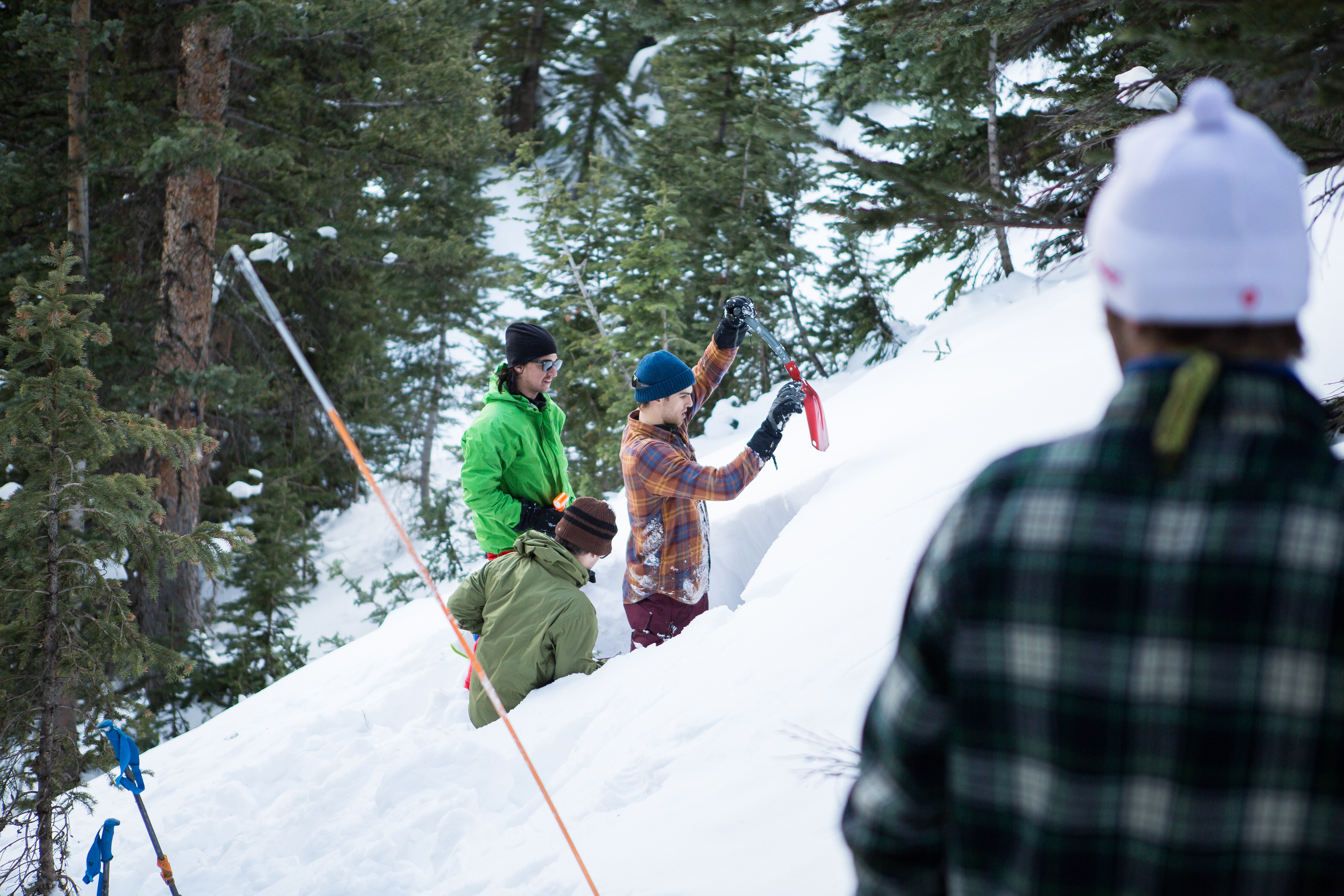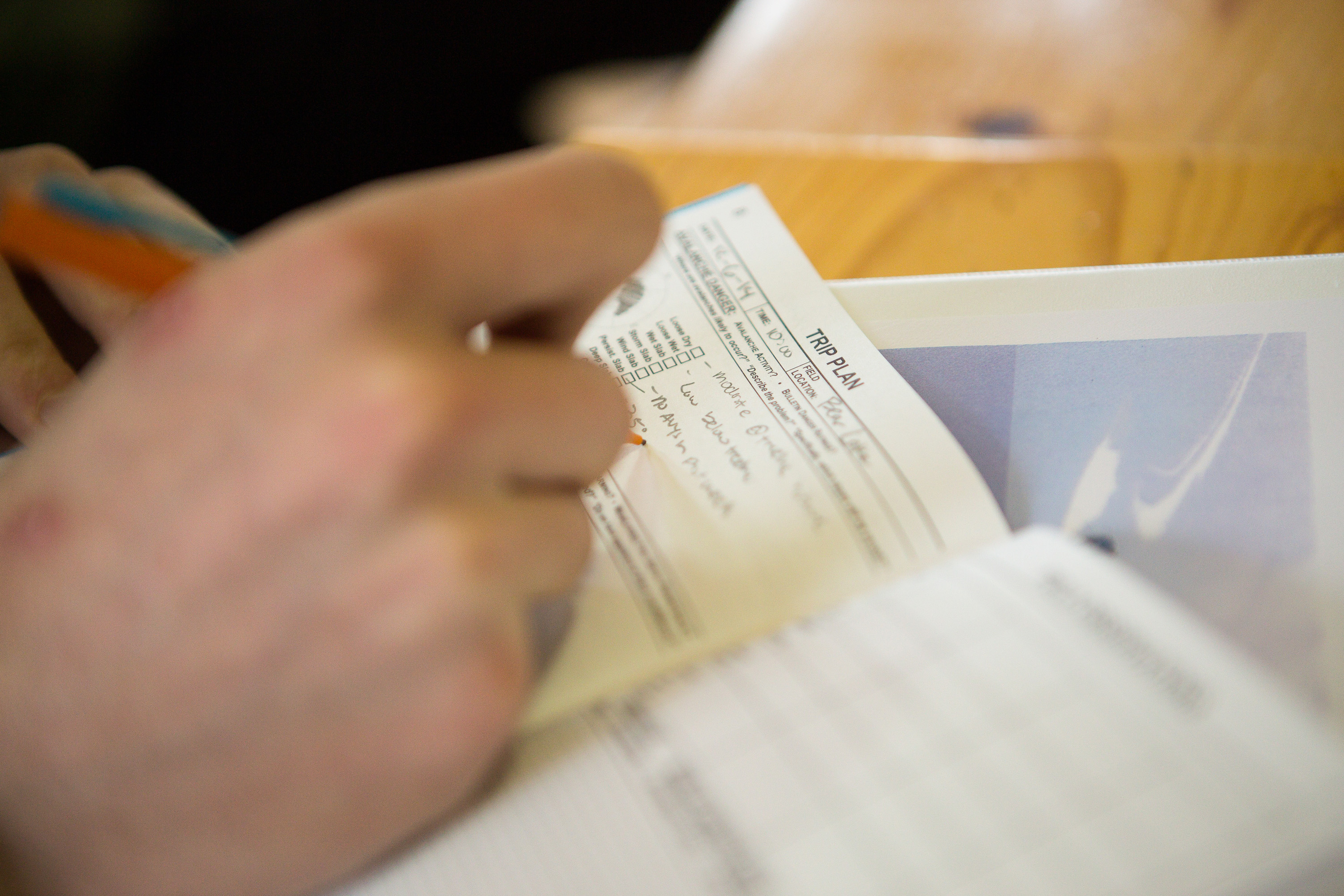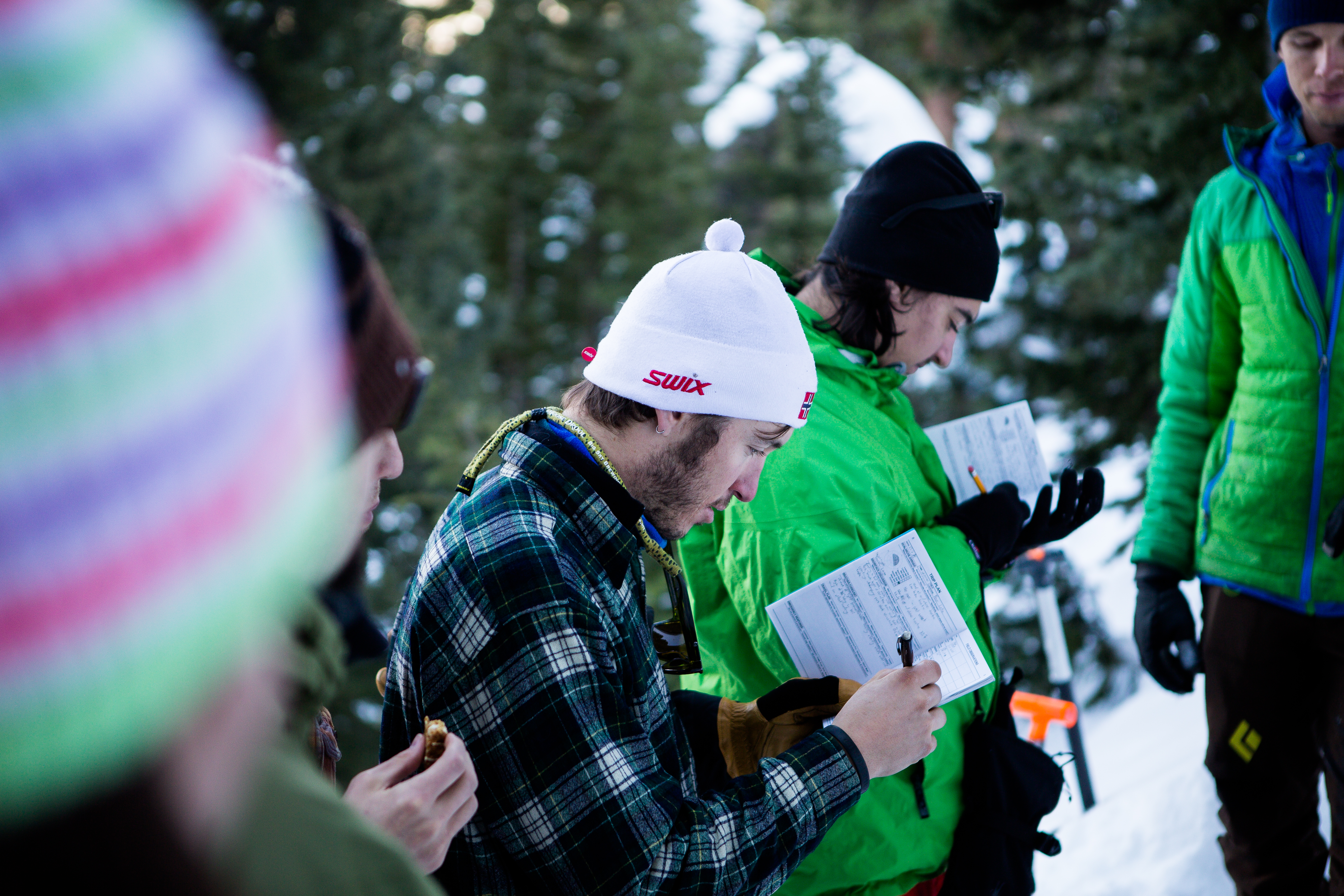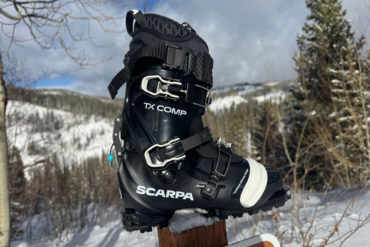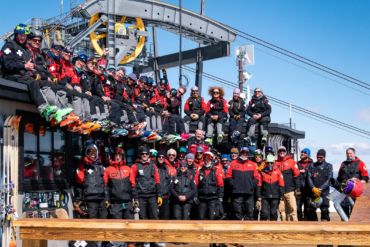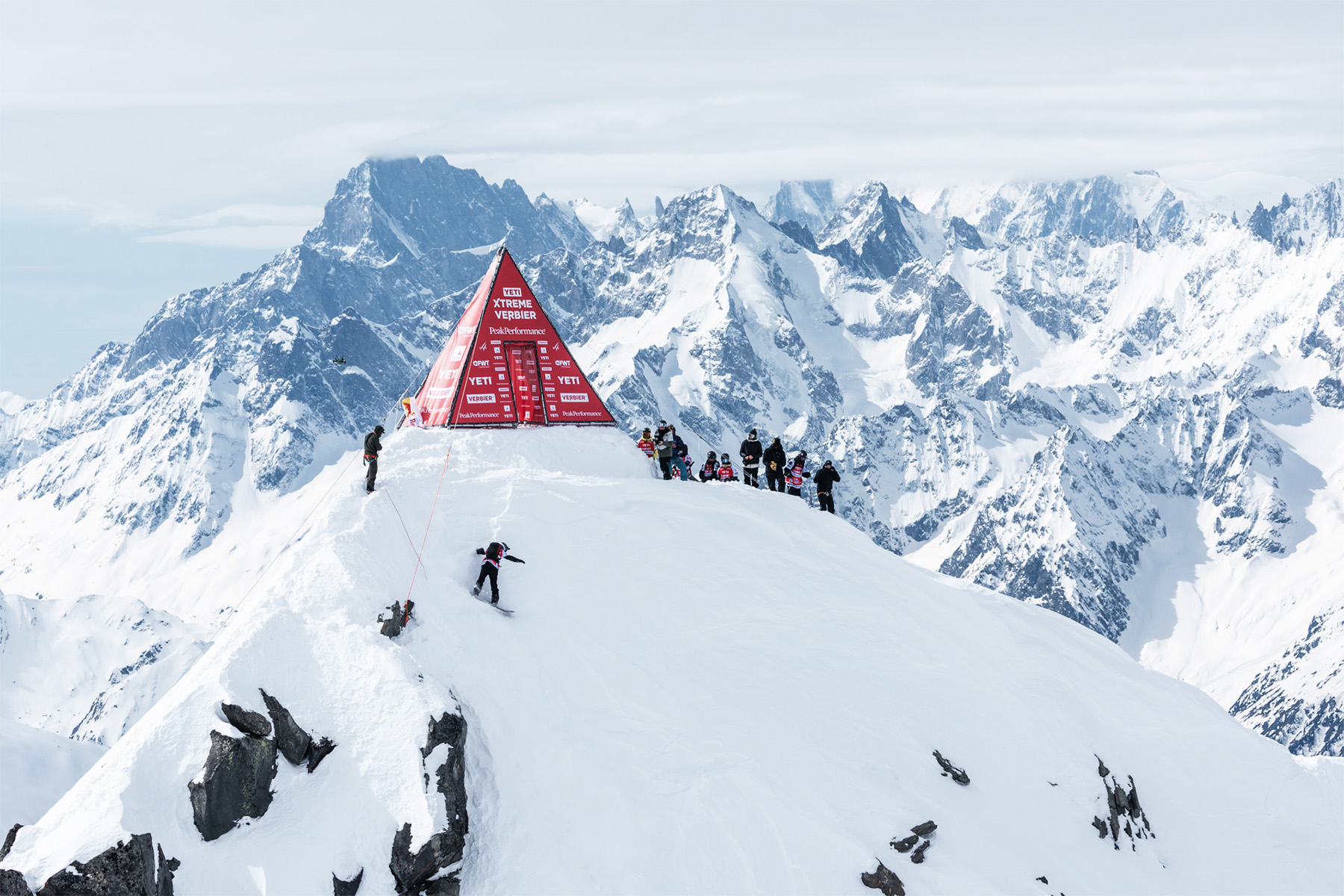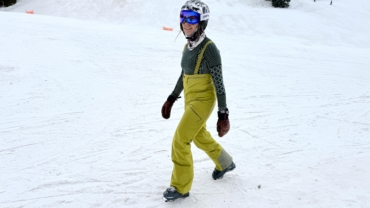Each year, millions of skiers and snowboarders head into the North American backcountry. These avalanche classes give them the education to stay safe.
Two million skiers and snowboarders in the U.S. head into non-lift served backcountry each season, according to the 2015 Snow Sports Market Intelligence Report published by Snowsports Industries America.
And with more people in the backcountry came an unfortunate related statistic: more avalanche deaths. In the 2017-2018 season alone, 25 people died in avalanche-related incidents in the U.S.
The best way to stay safe in avalanche terrain is education. And it’s not just for skiers.
Avalanche Fatalities: Misconception
Avalanche-related deaths in the backcountry occur across a variety of sports. Snowmobilers, skiers, snowboarders, snowshoers, climbers, hunters, and hikers have all been among the victims.
Avalanches kill more people on national forest land than any other hazard.
Avalanche Safety Education
The American Institute for Avalanche Research and Education (AIARE) provides the avalanche curriculum in the U.S. that’s most commonly used by our nation’s guides and education centers. Curriculum, guide requisites, and permit regulations vary from country to country worldwide.
AIARE updated its course structure in 2018 to include two separate education tracks and new classes including prerequisites.
Choose the Best Course for You
Most avalanche courses in the U.S. take place at various schools throughout the West and Mountain West.
One such option, Colorado Mountain School, offers AIARE-compliant avalanche courses. It was founded in Estes Park, Colo., in 1981 — more than a decade before AIARE was formed by Jean Pavillard and Karl Klassen and launched in 1998.
CMS also employs more AMGA (American Mountain Guides Association)-certified guides than any other guide service in the state. Consider asking about the guides’ certifications when you research the best school for you.
The teachings at CMS follow suit with AIARE’s recent updates. See more courses in and outside of Colorado here.
Avalanche Awareness Clinic
“First, take an avalanche awareness clinic, go ski touring — stay out of avalanche terrain — to get comfortable with your gear, and then complete AIARE 1. You’ll be able to focus more on what your guide is teaching in the course if you’re familiar with your equipment and movement skills,” said Mike Bortnowski, splitboard guide, AIARE instructor, and CMS teacher for his fourth consecutive season.
Bortnowski skied at low-angle (non-avalanche) terrain at Caribou, Colo., for several years with his dog. Eventually, he got bored. He realized he needed education and decided he wanted to meet like-minded people. So he took an AIARE 1 course.
Check with local retailers, avalanche centers, libraries, universities, and outdoor organizations to see who’s hosting a Know Before You Go avalanche awareness clinic, such as evo — which has locations in Portland, Ore., Denver, and Seattle — REI, the Northwest Avalanche Center, and She Jumps.
Mentorship
Introduce mentorship immediately — as soon as you want to go in the backcountry.
“You can learn all of this stuff on your own through trial and error, but that’s dangerous, takes a really long time, and you might have run-ins that are too close for comfort,” said Bortnowski.
“Mentorship helps you apply your tools in correct situations without undue risk. And, if you want to go into the professional track, mentorship is essential. I have many mentors,” he explained.
AIARE 1
AIARE 1 covers the decision-making process for backcountry travel and avalanche terrain, rescue technique, and how to plan a day trip.
“I find the safest group size is two to four people. Communication is easiest, though I make decisions that are more conservative, because there may only be a couple of people to help if something goes wrong. The larger your group size, the more resources you have,” explained Bortnowski.
AIARE Avalanche Rescue
Day one of the AIARE 1 course, students learn how to perform efficient, safe avalanche rescue and perform a few practice scenarios. New this season, AIARE Avalanche Rescue is a one-day course that goes deeper into rescue techniques and equipment.
“We find that students lack additional coaching coming out of AIARE 1 and tend to forget the rescue process. This course is a refresher of rescue skills and goes into greater detail than in AIARE 1. This is a good course for anyone to take multiple times. The investment of time and money is lower than the other courses,” explained Bortnowski.
AIARE 2
Formerly, AIARE 2 was an entry-level course for professionals in the field. New this season, AIARE 2 meets the needs of advanced recreational backcountry travelers who have taken AIARE 1 and Avalanche Rescue class.
“AIARE 2 is for people who are in a position of leadership in the backcountry and who have a group to manage. Compared to the AIARE Pro 1 Course, the snow science is a dumbed down,” said Bortnowski.
AIARE Pro 1 Bridge Course
New this season, the AIARE Pro 1 Bridge Course is a two-day exam. It provides additional certification for current avalanche professionals who completed AIARE 2 prior to November 2017. The Avalanche Rescue course is also a prerequisite.
“The bridge course is for people who have taken AIARE 2 and been working professionally in the field and applying the knowledge but did not complete the AIARE 3 course [Editor’s note: AIARE 3 is nixed]. This course will bring them up to a new, higher standard that the professional track now has without those professionals needing to retake any courses,” said Bortnowski.
The new requirement for professionals is a positive change for the industry overall, said Bortnowski.
“Our avalanche education was lacking compared to Canada’s, and our shift has occurred to mirror their course track, and to raise the standard of education for recreationalists and professionals.”
Professional Course Track
New this season, the professional course track is for workers in the avalanche field and with snow science such as researchers, educators, and guides as well as employees in ski areas, transportation, highway operations, the snow sports industry, and forecasting centers.
The professional track is technically open to recreationists who meet the course requirements and want to learn about snow science. Prerequisites include the Avalanche Rescue Course and AIARE 1.
“In your first and second season [of courses], take AIARE 1, AIARE 2, and the AIARE Avalanche Rescue course. As long as you’ve had good mentorship and you’re solid with your skills in the recreational curriculum, you’ll be in a good spot to go into the Pro track,” said Bortnowski.
AIARE Pro 1 Course
New this season, the five-day AIARE Pro 1 course trains and certifies avalanche industry professionals. The course covers conducting avalanche observations, risk assessment, team communication, succinct communication across the field, and safe backcountry travel protocol.
“Pro 1 covers the bases for avalanche reporting and observation for all snow professionals. It sets benchmarks for professionals in the industry for beacon search times, skills, snow science documentation, and weather and avalanche reporting,” said Bortnowski.
AIARE Pro 2 Course
AIARE Pro 2 is for operational leaders. These pros work in avalanche forecast operations, as guides, ski patrol, and related fields. They are responsible for the risk management of a team.
“Pro 2 synthesizes all of the information in Pro 1: It’s a forecasting course, really, and goes into hazard assessment,” said Bortnowski. “You need at least two winter seasons with 40 days or more of relevant work experience before Pro 2. I suggest having at least three to four seasons of ski touring too,” he recommended.
Increase of Backcountry Skiers and Splitboarders
The number of out-of-bounds adventurers continues to grow. Untouched powder, opportunities to skip highway traffic, and no lift lines motivate newcomers.
In Colorado, retailers have seen the growth of uphill skinning. The Boarding Haus in Durango, Snowmass Sports, Alpine Quest Sports in Edwards, and Christy Sports in Boulder report growing customer inquiries about backcountry gear and avalanche courses. There is also an uptick in backcountry equipment sales.
Case in point, splitboard sales at Breckenridge-based Underground Snowboards grew a total of 138 percent from the 2014-2015 season to the beginning of the 2017-2018 season.
“Statistically, we’ve grown season over season at an aggressive rate because of backcountry travel growth … and a lot of people attend our courses who are from outside of Colorado too,” said Simon Montgomery, head of growth and marketing at CMS.
Ask your avalanche school about affordable or discounted student-based accommodations in your school’s region.



